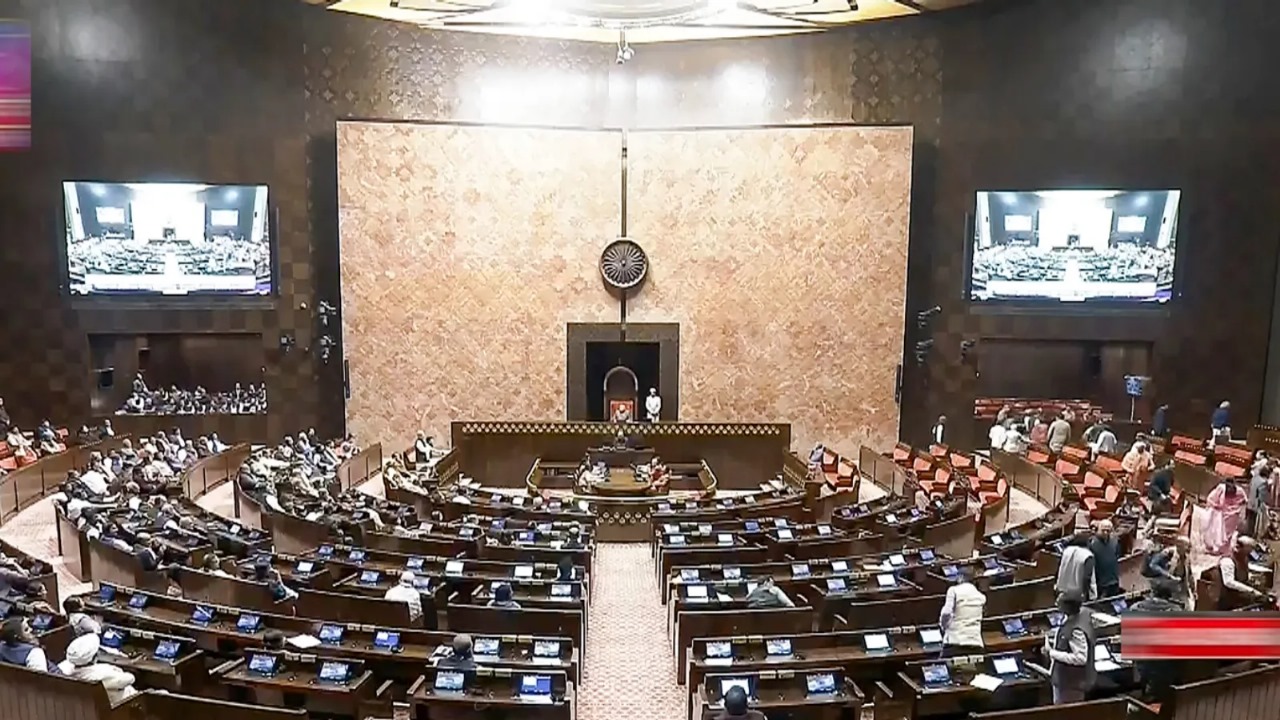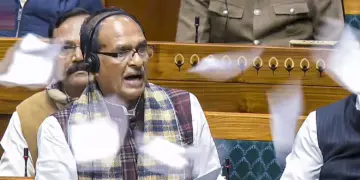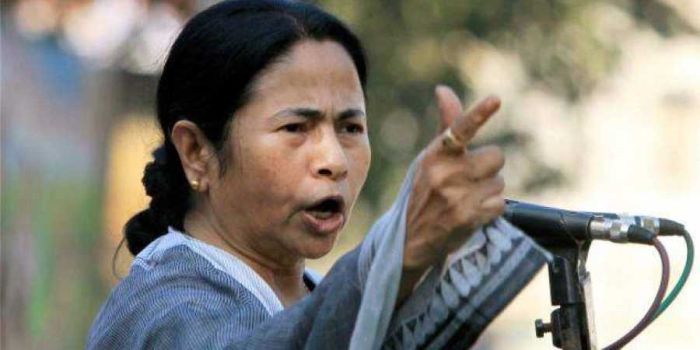New Delhi: A rock mass, weakened due to years of freezing and thawing of snow, may have led to the creation of a weak zone, triggering its collapse that resulted in flash floods in Uttarakhand’s Chamoli district on Sunday, initial observations by scientists of the Wadia Institute of Himalayan Geology (WIHG) suggest.
The crashing rock mass also brought earth and mounds of snow with it. The friction may have resulted in heating, which could have caused the floods, the observations suggest.
Scientists from the institute conducted a helicopter survey of the area to find clues as to what led to the deadly flash floods that swept everything in its way.
So far, the flash floods have claimed 28 lives with around 170 people still missing.
Kalachand Sain, Director of the WIHG, said the glaciers where the incident occurred feed the Rishi Ganga river that ultimately joins the Dhauli Ganga.
“This region has a very steep gradient. Our observations suggest that the rock mass may have weakened due to freezing and thawing. This sometimes leads to the development of a weak zone and fractures.
“As the rock mass weakened, the glacier and snow came down crashing, it resulted in flash floods,” he said.
The steep slopes of the mountains in the region further increased the intensity of the crash.
Two teams of the WIHG comprising five glaciologists left for Joshimath on Monday to ascertain the reason behind the incident.
An institute under the Department of Science and Technology (DST), the WIHG studies the Himalayan environment and its geology. Sain said an initial report will also be sent to the DST.







